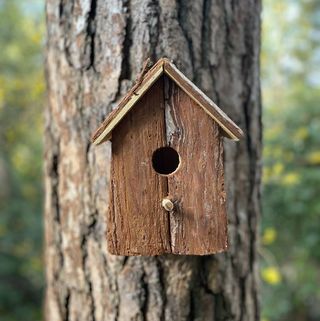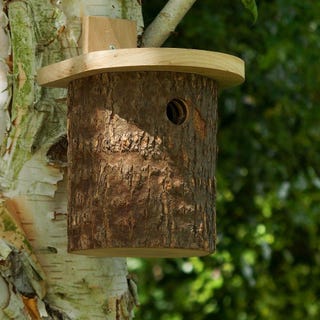[ad_1]
March is the month where we say goodbye to winter and hello spring. With the clocks going forward on the 27th and daylight increasing, March is a busy time for gardeners with lots of planting, sowing and growing to be done.
Whether it’s the vibrant trumpets of sounding daffodils, or a blousy bloom of a teasing tulip, it’s a season of new beginnings. So, with spring in your step, here are 10 gardening jobs you can be doing right now.
Planting
Summer bulbs
We might be in the early throws of spring, but already you should be planting up summer bulbs such as gladioli, freesias and lilies. Whether they’re going into pots, or directly into the ground, ensure they’re planted into well-drained soil. If not, add grit, as bulbs don’t like to sit in waterlogged conditions which could cause them to rot. Place the bulb upright, at a depth of three times its height, then cover over and water in.
Dahlias
Winter-stored dahlia tubers can now be brought out. Any that are damaged, or have succumbed to the winter weather, assign them to the compost bin. Using a good multi-purpose compost, pot up your healthy tubers into two litre pots, with the central stem facing upwards, and lightly water in. Once labelled, place pots in a greenhouse or cold frame, and let them slowly respond to the change of season.
Potatoes
Chitted first early tubers should now be ready for planting. Tubers should be planted to the depth of 12cm, and 30cm apart. Keep fleece handy, as frost can damage the emerging foliage and possibly kill the tuber. If you’re growing potatoes in growbags, or large containers, plant no more than four seeded tubers onto a base of 10cm of soil or compost. Cover over with a thick layer of compost and place containers somewhere bright and sheltered.
Sowing
If you’ve been warming your plots and raised beds with cloches and horticultural fleece, consider sowing early varieties of carrots, beetroot, parsnips, Brussels sprouts and cabbage. With unpredictable weather at this time of year, try to sow on a sunny, dry day. Failing that, they can also be sown into seed module trays, and kept in cold frames and greenhouses to grow on. Once the worst of the weather has passed they can be planted out as young plants.
Fruit
Strawberries
Tidy strawberry plants by cutting away old leaves, weed the bed and apply a general fertiliser. However, if strawberry plants are over four years old, or you’re thinking of growing strawberries for the first time, consider ordering bare root varieties as you get more for your money.
Once your new plants arrive, place them roots down into a bucket of water, for up to half an hour, to rehydrate. With your growing area prepared, plant up your runners, water in and give them a top-dressing. Until they become established, keep fleece handy to protect them from a late frost. Strawberries will grow equally well in containers, pots or hanging baskets, making an attractive feature to your garden.
Raspberries
Raspberry canes now need to be cut. If you have autumn-fruiting varieties, cut down to the base of the plant as this will stimulate the plant to produce new shoots. If you have a summer-fruiting variety, trim the tips to above a bud and tie-in.
Pests
The arrival of spring also means the arrival of pests. Both slugs and snails will be arriving on mass, so be prepared. Check all pots, containers, and any lush new growth regularly. If found, remove from site, this also includes vine weevil. However, you can also consider using beer traps or nematodes to help reduce numbers.
Read: 6 simple ways to stop a slug infestation this spring
Maintenance
Repairs
With the garden still mostly bare, you get a good view of whether garden structures need repairing. Whether it’s fencing, arches or sheds, look for signs of damage and fix accordingly. If you are painting or staining, make sure any paint used doesn’t drip onto emerging plants and shrubs.
Lawn
Your lawn may now be needing its first cut of the season. Nothing drastic, just a minimal trim. Remove weeds, and cut lawn edges with an edging tool. Also apply a top dressing to the grass to encourage a healthy lawn throughout the season ahead.
Paths & patios
Winter may have encouraged lichen and slippery conditions. Therefore, on a dry, bright day, pressure clean all decking and paths. If using chemicals, ensure the water doesn’t harm surrounding plants or wildlife.
By carrying out these simple tasks now, it will set your garden on the right path and give it a head start to the growing season ahead.
This content is created and maintained by a third party, and imported onto this page to help users provide their email addresses. You may be able to find more information about this and similar content at piano.io
[ad_2]
Source link













